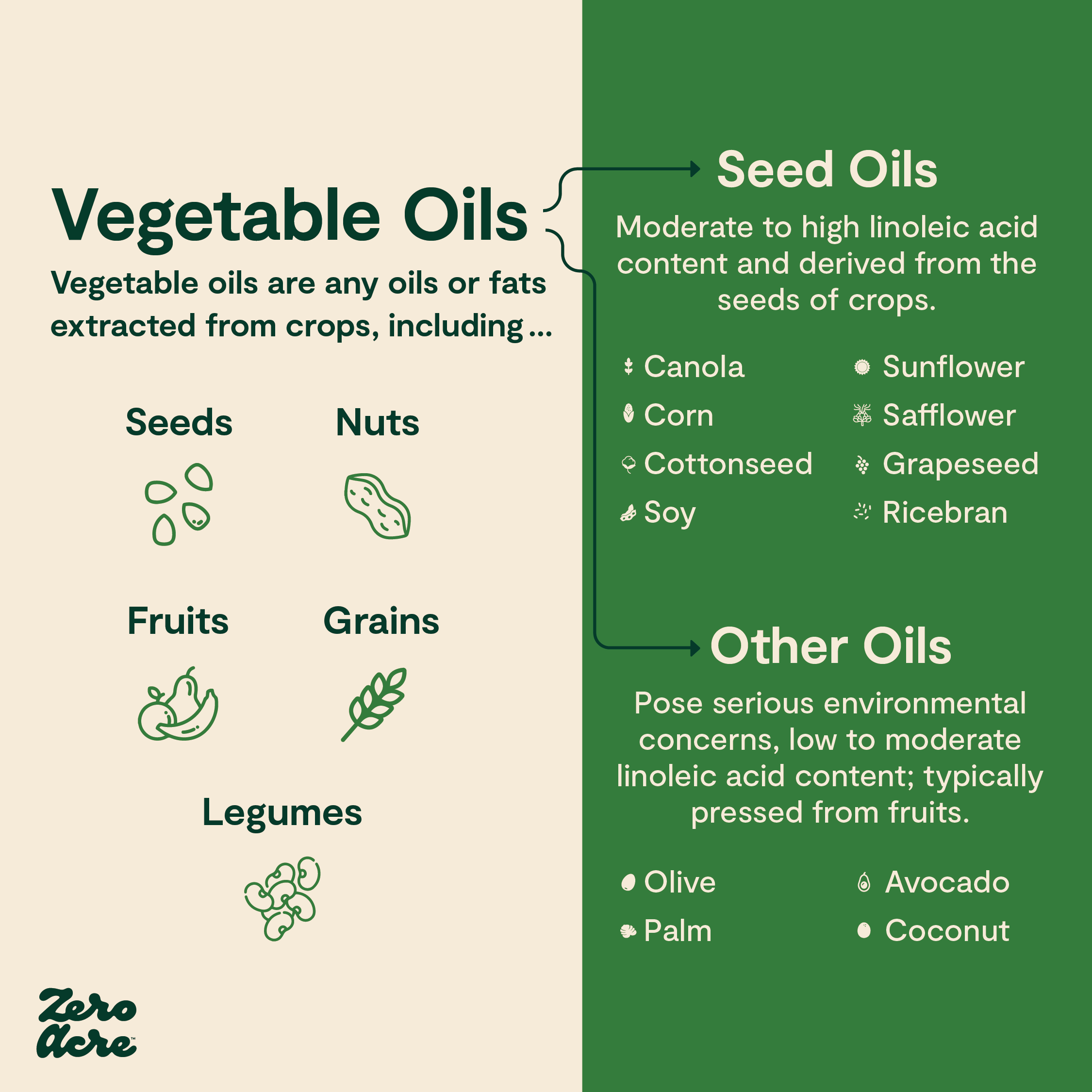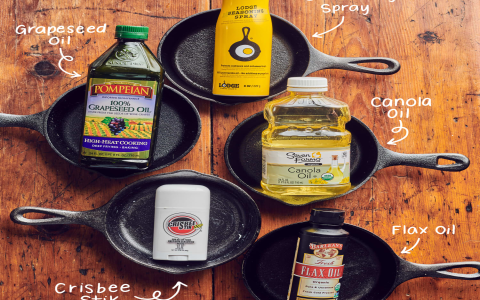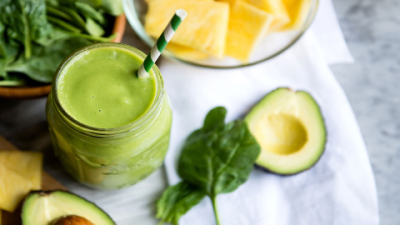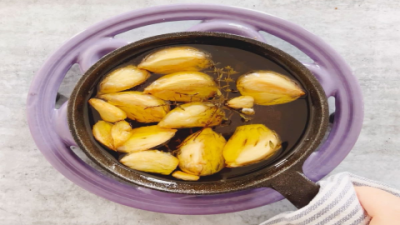If you’re someone who loves cooking or just wants to eat healthier, you might have heard some buzz about seed oils lately. Oils like canola, sunflower, soybean, and corn oil have been kitchen staples for years, but recently more people—especially young, health-conscious cooks—are exploring seed oil alternatives that bring better flavors and health benefits. In this friendly guide, you’ll find out why many are making the switch, the best oils to try, and how to use them in your everyday dishes. Let’s dive in!
Why Look Beyond Seed Oils?
What Exactly Are Seed Oils, and Why Are People Talking About Them?
Seed oils come from the seeds of plants like sunflowers or soybeans and are pretty common in grocery stores. Over the past few years, there’s been a lot of talk about how some processed seed oils might contribute to inflammation or other health concerns. This has sparked interest in more natural, less processed oils that support overall wellness, especially with trends like anti-inflammatory eating and clean, plant-based diets catching on.
Top Reasons People Are Switching to Alternatives
- Health Consciousness: Folks want oils that support heart health and reduce inflammation.
- Natural & Less Processed: There’s a big move toward cooking with oils that are minimally refined.
- Better Taste: Seed oil alternatives often bring richer and more interesting flavors to your meals.
1. The Best Seed Oil Alternatives You’ll Love
Avocado Oil: Your New Kitchen Hero
If you want an oil that handles high heat and is packed with healthy fats, avocado oil is an amazing choice. It has a high smoke point—perfect for frying or roasting—and a smooth, buttery flavor that works with just about everything. Plus, it’s trending on social media for beauty benefits too!

Extra Virgin Olive Oil: The Timeless Classic
Olive oil has been a favorite for centuries, especially in Mediterranean cooking. It’s full of antioxidants and heart-healthy fats, making it a smart pick for medium-heat cooking or salads. Pro tip: Use “cold-pressed” extra virgin olive oil for the freshest taste.
Coconut Oil: For a Sweet Tropical Flavor
Coconut oil is popular in baking and curries because it adds a subtle sweetness and unique richness. It’s filled with medium-chain fats that your body easily uses for energy. Just note, unrefined coconut oil has that distinct coconut flavor, while refined versions are milder.
Ghee (Clarified Butter): Flavor with Benefits
Ghee has been used in Indian cooking forever—and it’s making a comeback in Western kitchens. It’s rich, nutty, and great for frying or sautéing because it can handle higher temperatures than butter without burning.
Butter: The Comfort Classic
Butter, especially if it’s grass-fed, is loaded with omega-3s and vitamins. It’s wonderful in baking, sauces, and for adding unbeatable flavor to just about anything. Just be mindful of its lower smoke point.
2. Match the Oil to How You Cook
Frying and High Heat
- Avocado Oil: Perfect for frying or stir-frying because it tolerates high



